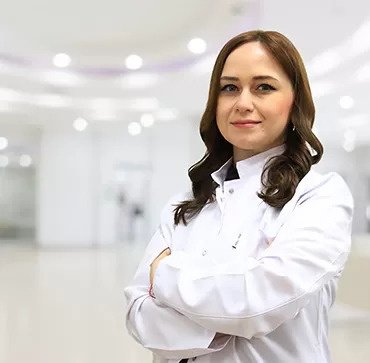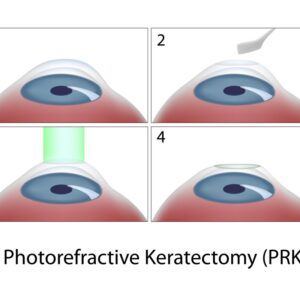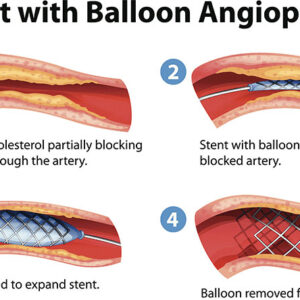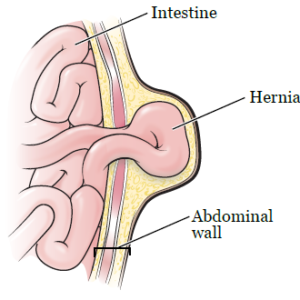
Please note all prices are just for operational fees and without used supplies & devices .
Average non-surgical (medical) treatment fees for International Patients department.
| No. | Service | Price |
|---|---|---|
| 1 | General Wards (per night) | 300$ |
| 2 | Intensive Care Unit (per night) | 500$ |
| 3 | Chemothrapy per night | 100$ |
From: 1,000.00$
From: 1,000.00$
Embark on a transformative journey with our exceptional range of medical treatments. As a leading medical tour operator, we offer a comprehensive selection of world-class treatments and procedures to address your unique healthcare needs. From advanced surgeries to cutting-edge therapies, our team of experienced professionals is dedicated to providing top-notch care and ensuring your comfort and satisfaction. Discover a new level of healthcare excellence with our tailored treatment options. Book now to start your journey towards a healthier and happier you.
Septorhinoplasty is a surgical procedure that combines rhinoplasty (nose job) with septoplasty (correction of a deviated septum). It involves operating on the bones and cartilage that give the nose its shape and structure, making the septum straight, and improving the appearance of the nose while also addressing breathing difficulties.
The procedure for septorhinoplasty involves the following steps:
Septorhinoplasty is suitable for individuals who desire both aesthetic enhancement and functional improvement of the nose. It is performed to address nasal deformities resulting from a deviated septum while also providing the opportunity to achieve desired cosmetic changes.
Septorhinoplasty may not be suitable for individuals with unrealistic expectations, certain medical conditions that increase surgical risks, or those who are unable to undergo the necessary postoperative care. Thorough preoperative assessment is essential to determine the suitability of the procedure for each individual.
Complications of septorhinoplasty may include infection, bleeding, poor wound healing, persistent or recurrent nasal obstruction, septal perforation, changes in skin sensation, and the need for revision surgery. Thorough preoperative analysis and surgical planning are essential for preventing complications.
Preoperative care for septorhinoplasty involves a comprehensive evaluation by a healthcare provider to assess the patient’s nasal structure, facial features, medical history, and expectations. This evaluation helps determine the most appropriate surgical approach and plan.
Following septorhinoplasty, individuals should adhere to postoperative instructions provided by their healthcare provider. This may include guidelines for wound care, pain management, activity restrictions, and nasal hygiene. Regular follow-up appointments are typically scheduled to monitor the healing progress and address any concerns.
Septorhinoplasty is a comprehensive surgical procedure that addresses both aesthetic and functional aspects of the nose.
| Country | |
|---|---|
| City | |
| Hotel | |
| Visa | |
| Translator | |
| Transfer | |
| Stay at Hospital | |
| Language | |
| Insurance | |
| Stay at Hotel | |
| City Tour |
Only logged in customers who have purchased this product may leave a review.






Reviews
There are no reviews yet.